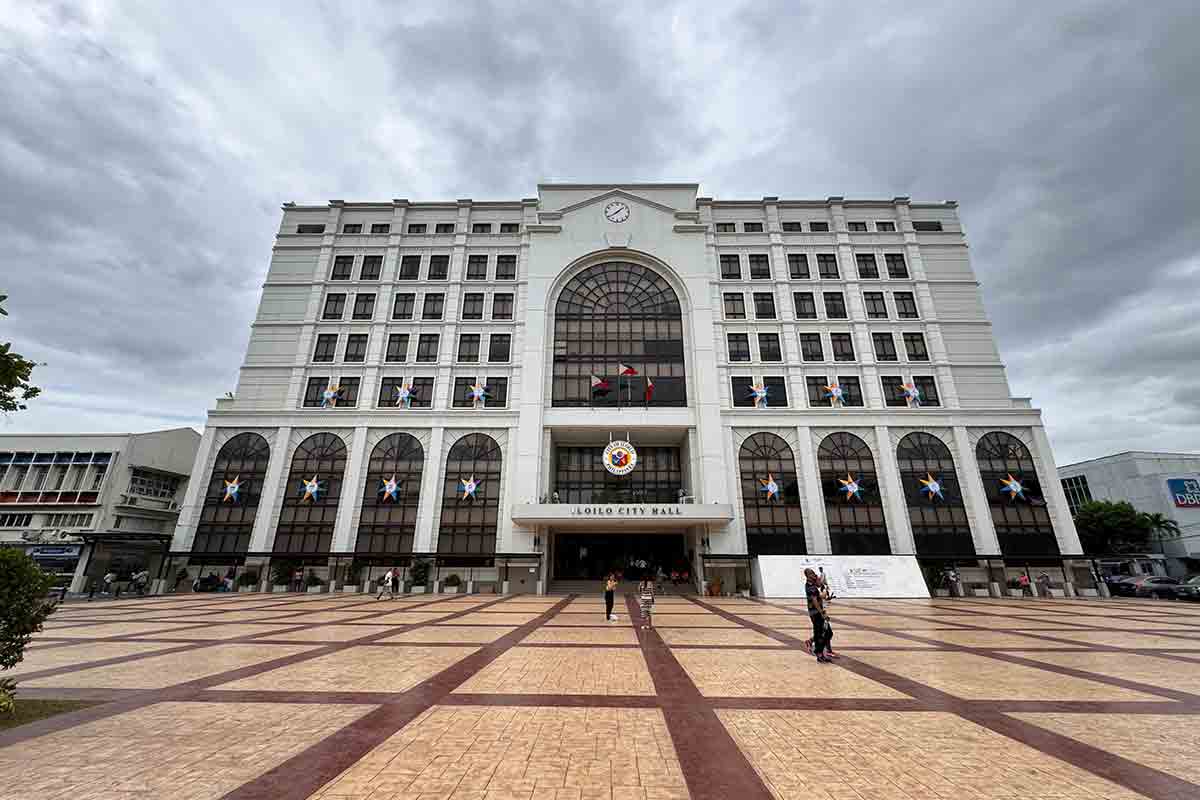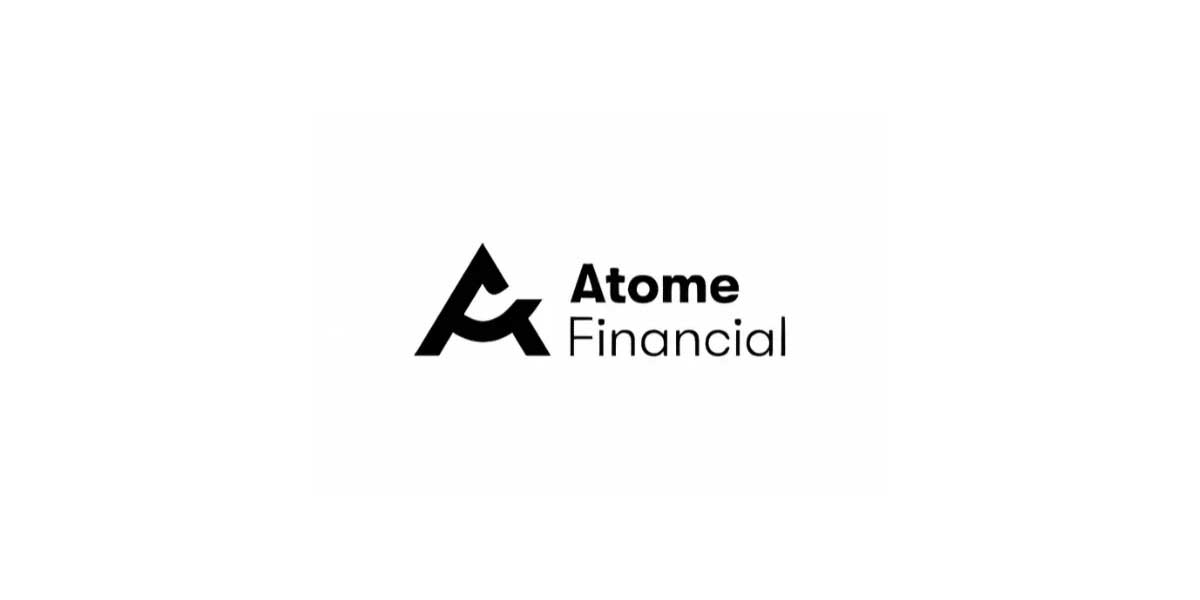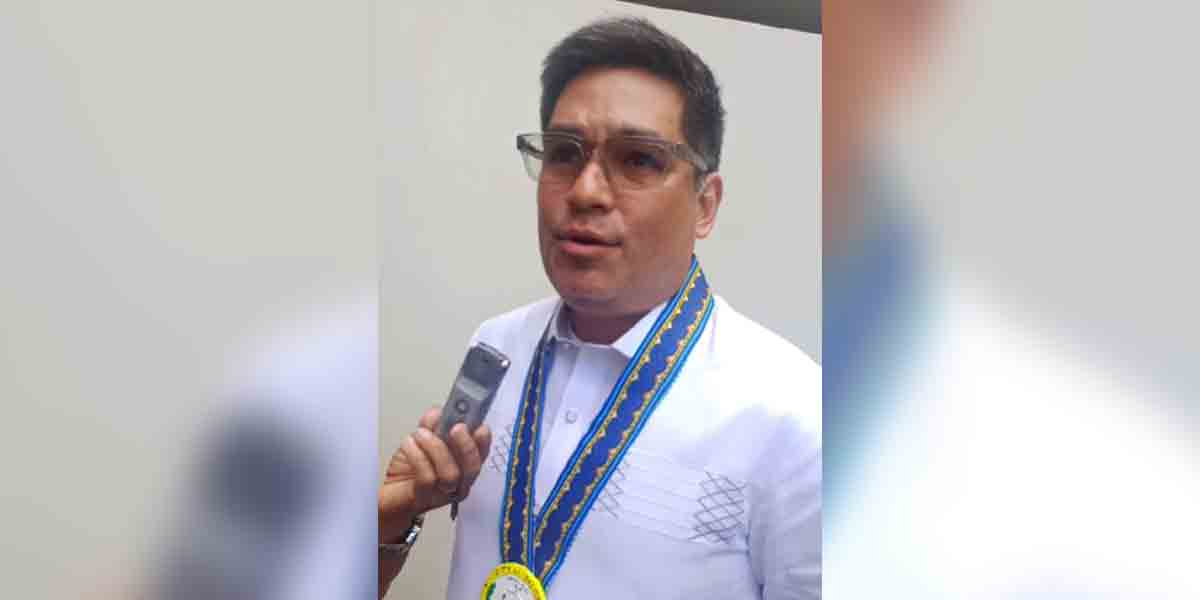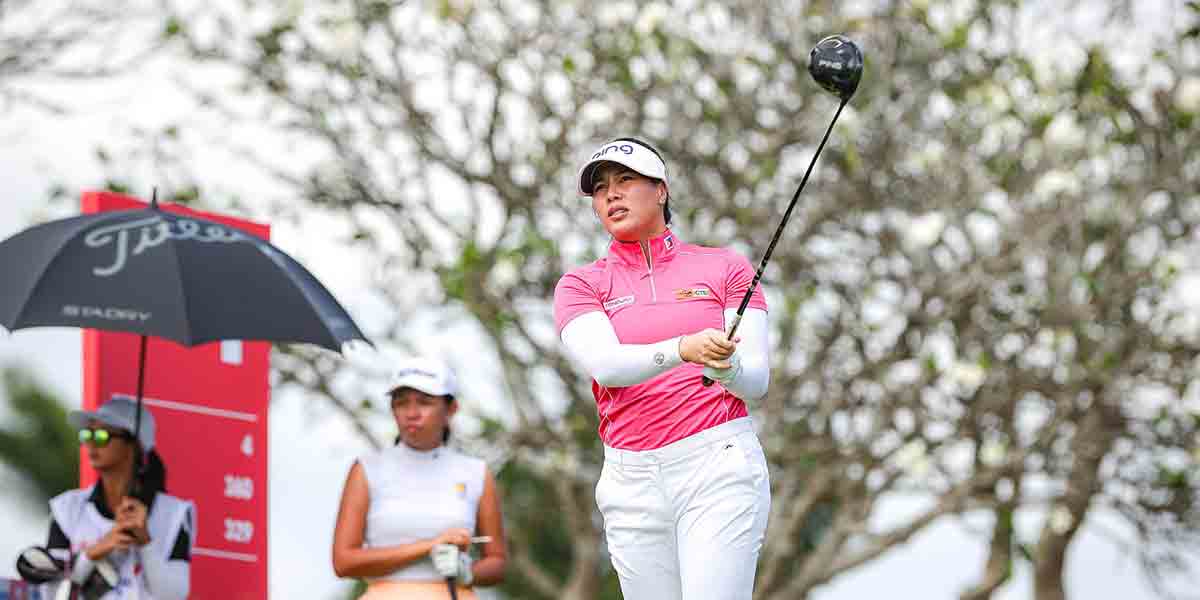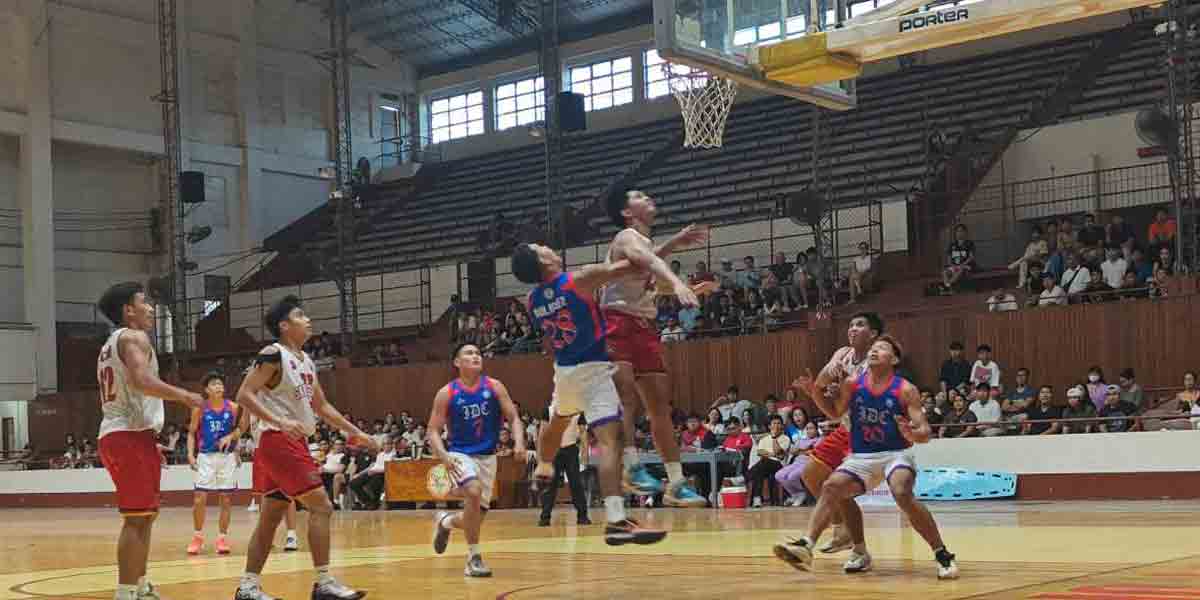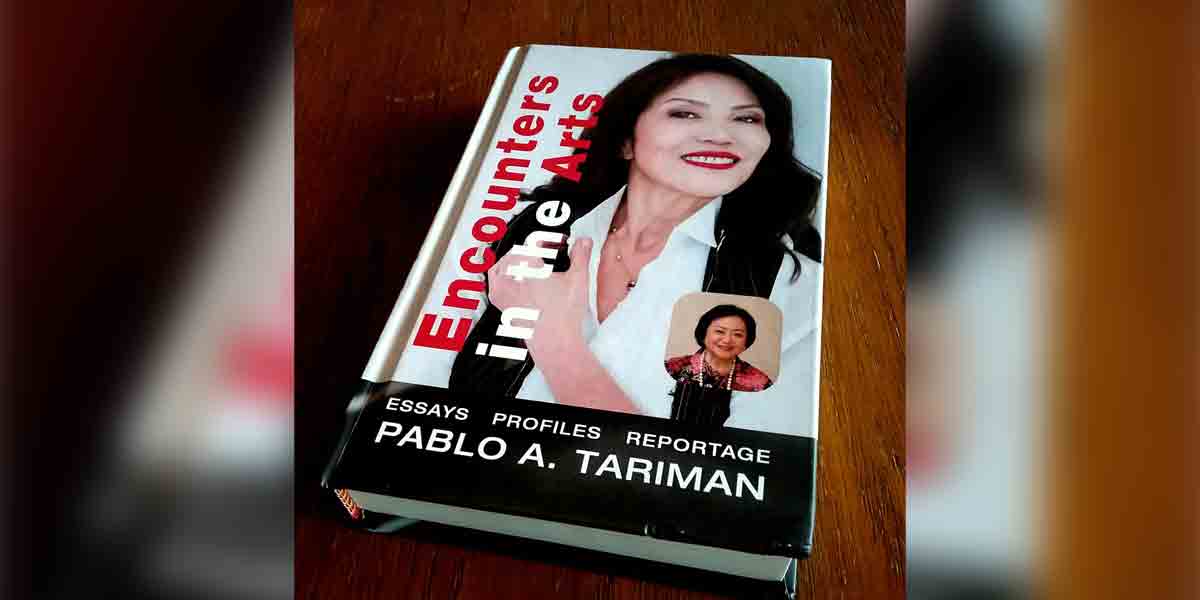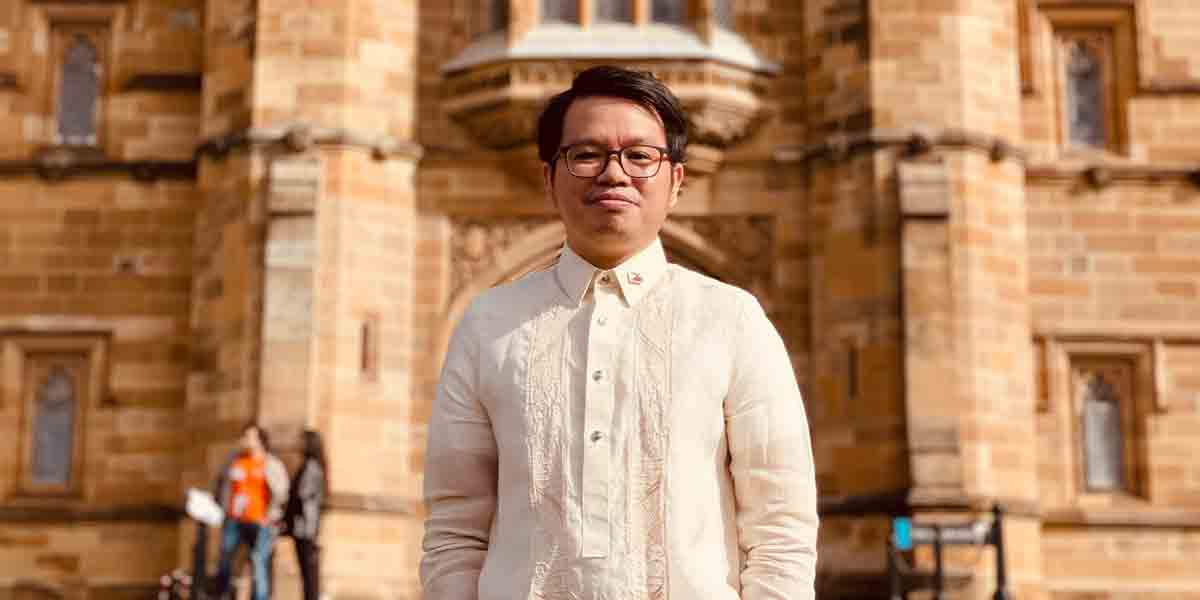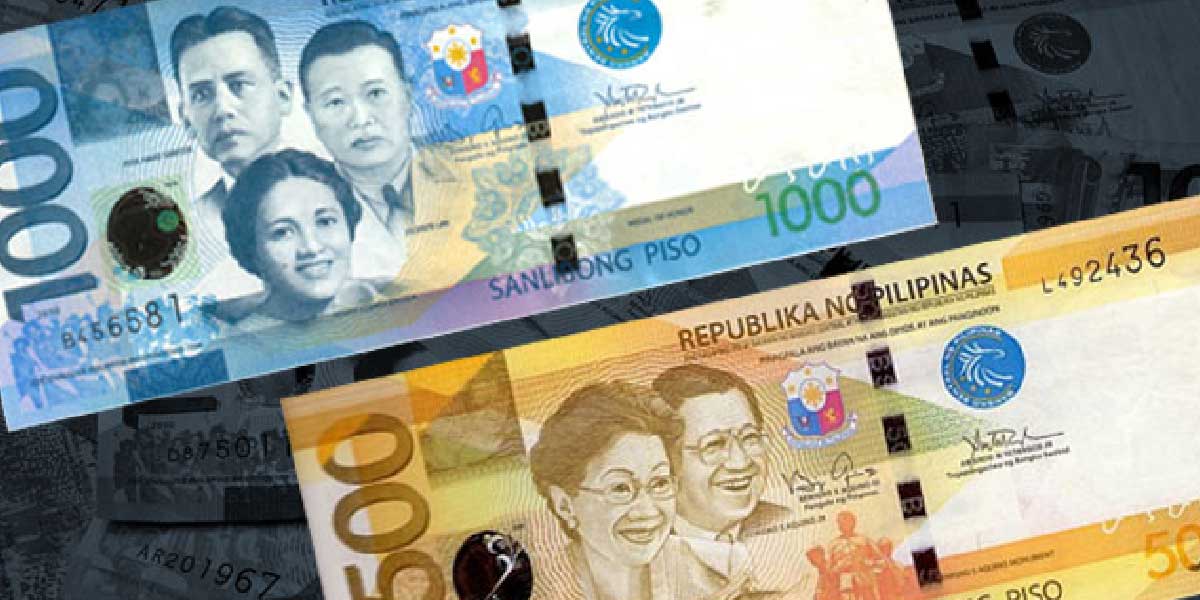
By Jennifer P. Rendon
Police warned the public anew to be wary against counterfeit bills.
Major Raymond Celoso, Sta. Barbara police chief, said they received a report of a vendor who allegedly fell victim to fake money.
But the vendor has yet to lodge a formal complaint before the Sta. Barbara Police Station,
She instead went to local radio station DYIS Radyo Kahilwayan after learning that her P1,000 bill was fake.
Maxima Manaay Solocasa-Gadian, a resident of Balibagan Oeste, Sta. Barbara, sells bananas at the town’s public market.
On Thursday morning, Gadian said that a man, whom she described as short in height, bought P100 worth of bananas. He paid with a P1,000 bill.
Before going home, Gadian passed by a pharmacy to buy medicines.
But she was surprised to learn that the P1,000 bill was counterfeit.
Meanwhile, Celoso said they did not receive reports in recent months on the proliferation of fake money in their area.
The Bangko Sentral ng Pilipinas (BSP) has issued an advisory on how to distinguish a real from authentic bills
First is to touch the bill. By running your fingers through it, one would notice that real money has somewhat fought ridges since is it made of cotton and abaca.
Fake money is made of smooth paper.
Second, one should look for watermark since “the blank white area on the front part of all Philippine bills have a watermark that matches the image on the left.”
The watermark becomes more visible by placing the money against the light and tilting it a bit.
Third, the security threads are also an indication of authenticity as Philippine notes have embedded security threads.
For 20 and 50-Peso bills, the security thread is around 2mm wide, while the 100, 200, 500, and 1000-peso bills are 4mm wide.
The public is also advised to look for the OVD (Optically Variable Device) patches for 500 and 1000 bills.
The BSP said the 500 and the 1000-peso bills have reflective round patches on the left front side of the note.
Real money bills have serial numbers with two prefix letters and six to seven-digit numbers in increasing size; presence of embedded red and blue fibers that can be seen under UV light; and the ancient “Baybayin” word can be seen completely when money is placed against the light.
Genuine bills also have concealed denominational value on the upper left side of the portrait that can be seen when money is slightly rotated and tilted downwards; the security threads of larger denominations have the denomination and the initials of BSP repeated in small prints; and the back of these threads also have repeated micro-prints of BSP initials.
It is also important to check the bill’s authenticity while the source is present so that one could easily voice out his or her concern in case of doubts.


